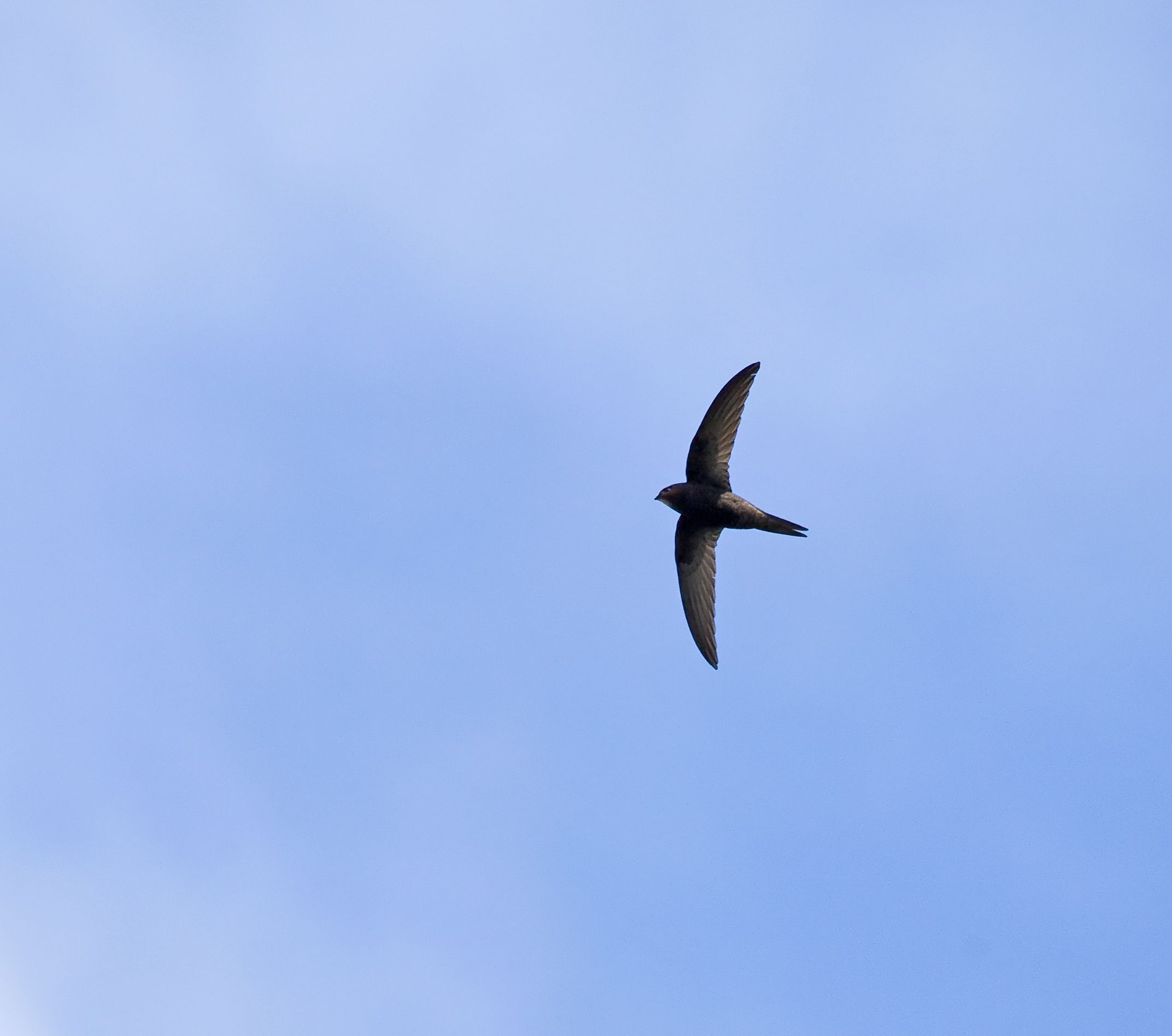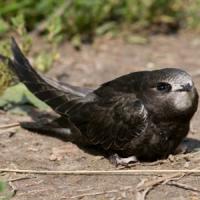- Home
- FAQs
- Customer Video Gallery
- Customer Photo Gallery
- Bird Facts
- Bird Food Blog
- Bird Information
- Feeding Advice
- Small Animal Information
- A to Z of Guinea Pigs
- A to Z of Hamsters
- A to Z of Rabbits
- Basic Care for Guinea Pigs
- Basic Care for Hamsters
- Basic Care for Rabbits
- Basic care for Chinchillas
- Basic care for Ferrets
- Basic care for Gerbils
- Basic care for Mice
- Basic care for Rats
- Buying a Healthy Small Animal
- Does your Reptile need a Licence
- Equipment for Ferrets
- Equipment for Hamsters
- Equipment for Mice
- Equipment for your Chinchilla
- Equipment for your Gerbil
- Equipment for your Guinea Pig
- Equipment for your Rabbit
- Keeping a House Rabbit
- Dog Information
- Cat Information
- Customer Information
- Fat Balls
- Suet Pellets
- Straights
- Seed Mixes
- Suet Treats
- Mealworms
- Bird Feeders
- My Account

| Scientific Name | Apus apus |
| Breeding | late May |
| Fledge Days | 35-56 |
| Incubation Days | 19-20 |
| Lifespan | 9 years |
| Number of Clutches | 1 |
| Number of Eggs | 2-4 |
| Size | 16 - 17cm |
| Weight | 36 - 50g |
| Wingspan | 45cm |
Bird Family : Swifts
Swift Facts - Information About Swift
Swift - Apus Apus
The Swift is a widespread, common summer visitor to the United Kingdom. It is a well known bird which is commonly found nesting in towns, it uses cavities in walls, roofs etc to nest in. The Swift spends about 4 months her, arriving in May and departing August.
Identification:
Adult
- The Swift is an incredibly fast flying aerial expert; it is all dark and has a shallow forked tail.
- The sound of a screaming pack of Swifts chasing each other is a common sound during the summer months.
- Adult males and females are identical.
- Swifts are larger than their cousins, the Swallows and Martins.
- They are larger bodied, stockier and longer winged, around 19cms.
- The entire bird is dark brown, appearing black at a distance.
- The throat is slightly paler.
- The tail is forked.
- In flight the Swift has a sickle shaped profile.
- During flight the tail is often closed giving the body a long pointed rear end.
- Swifts very rarely land, everything is done on the wing.
- The bill is small and black, legs black, eye black.
Swifts spend all of their time airborne, sleeping, hawking insects and drinking from pools by low level skimming, adults only land when visiting the nest. You will never see Swifts perched.
Juvenile
- Juveniles appear from June onwards and look similar to adults.
- Young birds show pale edges to the feathers if seen well, a paler throat and darker background colour.
- Once fledged, the Swift will not land until they breed!
- Bill, eye and legs black.
Status and Distribution
The Swift is an abundant breeding summer migrant in the UK with over 100,000 pairs. The Swift occurs in all counties throughout the UK.
Swifts arrive later than Swallows and start to arrive in May, they leave earlier too, most have departed by late August.
Habitat/Food
Swifts occur in all habitat types throughout the UK, woodlands, parks, gardens, farmland, indeed any open country.
They are aerial feeders, taking a huge array of Insects' on the wing, they are cavity nesters.
Song/Call
Call notes; delivered during rapid flights with other Swifts, chasing and screaming at each other as if playing. It’s a loud repeated, high pitched ‘sccrreeeee’.






